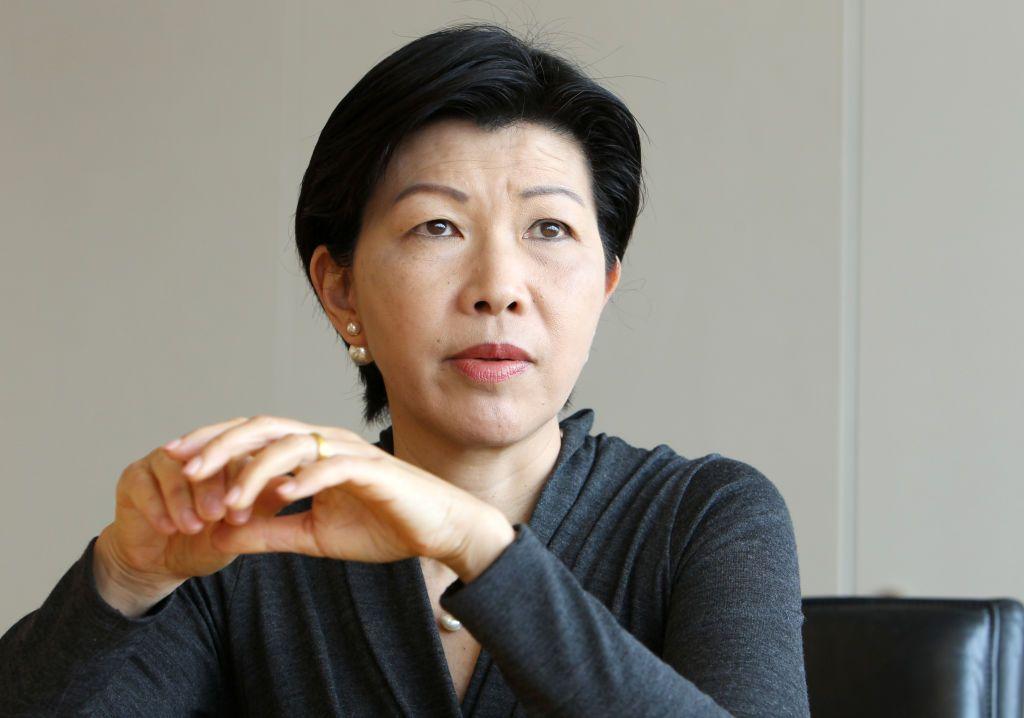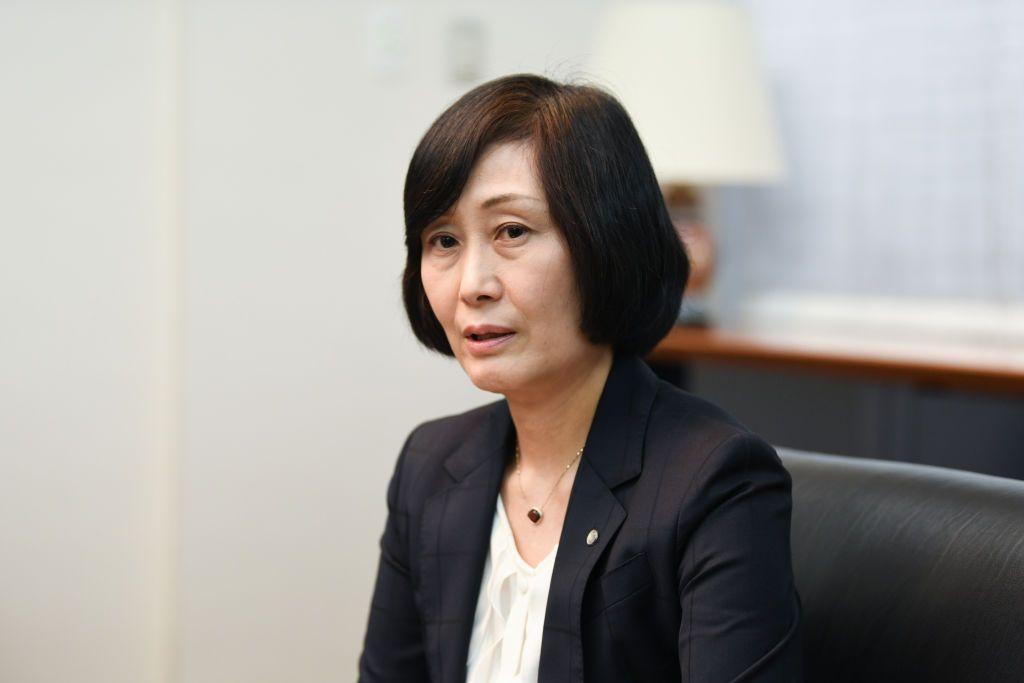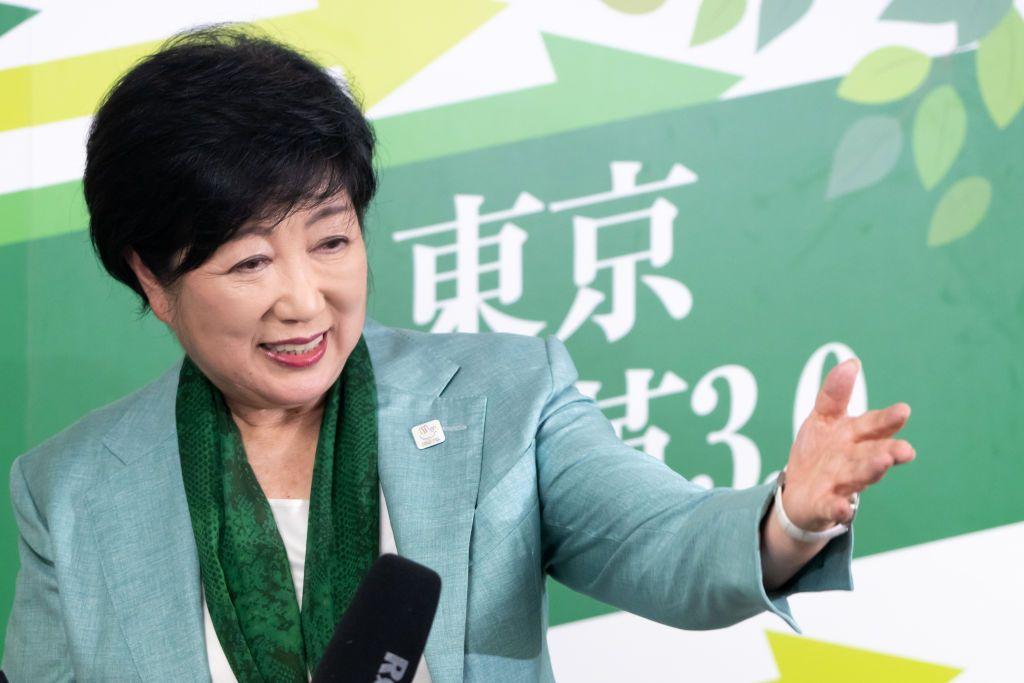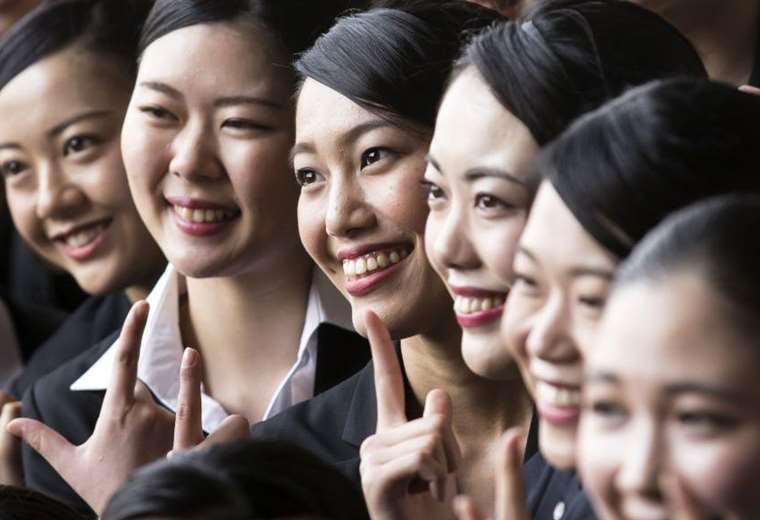September 6, 2024, 5:58 AM
September 6, 2024, 5:58 AM
When Japan’s then Prime Minister Shinzo Abe gave his speech at the Davos Economic Forum in 2014, he pledged an ambitious goal.
“Japan must become a place where women shine. By 2020, we will make 30% of leadership positions held by women,” said Abe, who died in a bombing in 2022.
It was a significant announcement for Japan, given that the country was lagging behind in terms of female participation in the labour market, not only compared to other countries in the OECD (Organisation for Economic Co-operation and Development), but also compared to emerging market countries.
To achieve your goal of a Greater participation of women in the marketAbe launched a series of measures that would seek not only to facilitate their entry into the workforce, but also to encourage them to climb the organizational pyramid.
But today, 10 years after that speech, the goal is far from being achieved: Less than 1% of the country’s companies currently listed on the Japanese stock exchange are led by women and the number of women occupying managerial positions is estimated to be around 14%.
In fact, just a couple of years after that speech, the Japanese government revised its forecasts and defined new objectives: the target for female leadership was reduced to 7% for high-level government jobs and 15% in companies, by 2030.
What happened? What impact did the measures have on the population in Japan?

The era of Womenomics
In the late 2000s, the increasing age of Japan’s population began to raise alarm bells about the country’s workforce, as Goldman Sachs market analyst Kathy Matsui told the program Business Daily from the BBC.
“The reality is that this country is running out of people“And unless they open their doors to migrants, which I don’t see happening anytime soon, they have to use what they can get their hands on, which is their existing population,” he said.
Matsui was the first to use the term womenomics (combination of words women and economics) in Japan, in 1999.
In an article at the time, she argued that by incorporating more women into Japan’s shrinking workforce, the economy would receive a boost.
To achieve this, she suggested implementing government measures such as increasing maternity and paternity leave, or limiting working hours to make life easier for people with children.
In some respects, the policies have worked: “There have been areas of progress and areas to work on,” Matsui told Business Daily.

“In the areas of progress: number one, since I wrote that article, The percentage of Japanese women working outside the home rose to an all-time high just before Covid.
“Number two, we saw the momentum of the benefits of parental leavesomething that I think is still a challenge in many countries outside of Japan. The Japanese government increased these benefits so that today, both mother and father are eligible for one year of parental leave.”
And as factor number three, he noted: “Transparency around gender diversity has improved significantly“.
But there is at least one key element that Matsui has been able to identify by updating his research with data from the past decade where policies have fallen short: “The main area that I think is still lagging is female representation in leadership positions“.
“Although in the private sector [la representación femenina] has improved over the past 25 years since I wrote the first article Womenomicsstill lags behind most other developed nations.”
First examples
In April, the country’s most influential airline, Japan Airlinesannounced that he would have its first female president: Mitsuko Tottoriwho began her career as a flight attendant in 1985.
This caused quite a stir in the country’s corporate sector.Headlines ranged from “unusual” to “impossible.”
One website even described her as an “alien molecule” or “mutant” because she began her career as a flight attendant at an airline that Japan Airlines had taken over some time ago.
But as Matsui told him, Business Dailythe choice of Tottori could have been the weapon needed to begin to break with the inequalities of the past.
“You can’t be what you can’t seeAnd a lot of young women in Japan who were aspiring to be flight attendants, now see that the flight attendant can be a CEO. And I think that wasn’t easy to say in the past, and now you see a living example, which I think is very exciting.”

Tottori agrees that one of the most difficult barriers that Japanese society must overcome in order for women to achieve greater representation in the labor market is breaking social boundaries that still persist and that, for some women, constitute the only way to exist.
“I think it is important that Women have the confidence to become managers“And by being appointed to the top position, I hope this will encourage other women to try things they were afraid to try,” the Japan Airlines president explained.
Analyst Matsui says that through her work with the entrepreneurship community in Japan, she has realized that There is a change in the expectations of young people regarding the values of men in society and what is expected of their role in the family.
“I’m not saying it’s perfectly equal by any means, but I think there’s a very different set of values in this younger generation compared to their parents’ or grandparents’ generation, which is very exciting and encouraging to see because it’s much more balanced,” she said.
“There are fewer deep-rooted stereotypes about what women should and should not do.which I think is going to be very positive and helpful as we try to move forward with this agenda.”
However, there are elements that persist.
Marry a rich man
BBC journalist Mariko Oi has been covering the issue for 10 years. womenomicsa very personal matter for her as a mother of two daughters.
For this reason, he says that he was negatively surprised when he was talking to some students of a University of Tokyo where she gave a lecture on journalism and a topic arose that she was very familiar with from her student days: Women who say they prefer to marry a rich man because they believe they will never be able to earn a salary that allows them to live that life..
“What surprises me most is that the idea that women want to marry a rich man is still deeply rooted in Japan,” student Sai Kondo told the reporter.
“I’m really surprised that many of my friends, many of them highly qualified, choose administrative jobs or positions where there is a high probability of meeting people, such as legal secretaries.”
Journalist Mariko Oi explains that certain jobs increase women’s chances of meeting high-paid men: “Becoming a legal secretary increases your chances of meeting and marrying a high-earning lawyer or prosecutor.”
Student Akiko Kajita told Oi that it is situations like these that make her think about the role of women in society of the country: “I think that Japanese society functions smoothly because women endure and remain silent. And in this sense, they are violently and unconsciously discriminated against.”

Greater representation
Although there is much work to be done to achieve something like Gender equality in Japanthere are areas where progress is not only visible, but has been sustained over time, said journalist Oi.
“Tokyo recently re-elected Yuriko Koikewho became the first female governor in 2016, for a third term. As she thanked her supporters, I am reminded of how important it was when she was first elected,” she explained.
“But this time it seems that voters and the media were already accustomed to having a female governor and candidate.”

Something similar was said by Elisa Kamiya, a local councillor in Setagaya, Tokyo: “This gubernatorial election was a good example: I didn’t hear much talk about female candidates.. It was more about individuals. So I think that’s a good thing. Also, we have more female mayors in all 23 wards of Tokyo.”
“It’s going very slowly, but I think it’s changing, and it’s going in the right direction,” the councillor added.
“We need to be very careful about how we talk to our daughters so that they have an open mind and can choose any job they want. By the time my daughter grows up, I hope society will be more flexible. and can choose any job I want to do.”
Koi says her hope is similar: “My hope is that when my daughters, who are now 9 and 3 years old, grow up, there won’t even be a need for policies like this.” womenomics“.
* This article is adapted from an edition of the BBC’s Business Daily programme. To listen to the full programme, in its original English, click here here.

And remember that you can receive notifications in our app. Download the latest version and activate them.
















